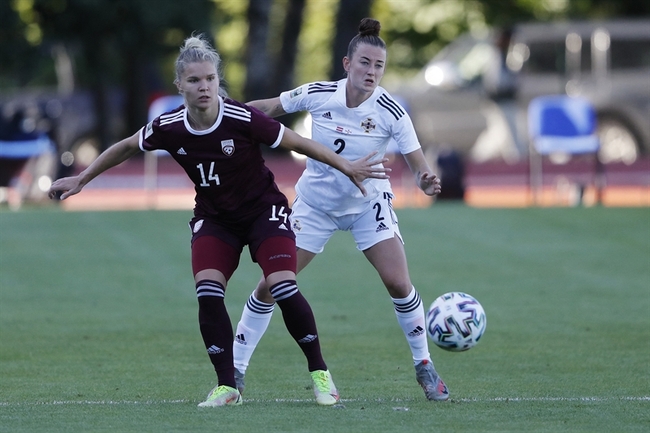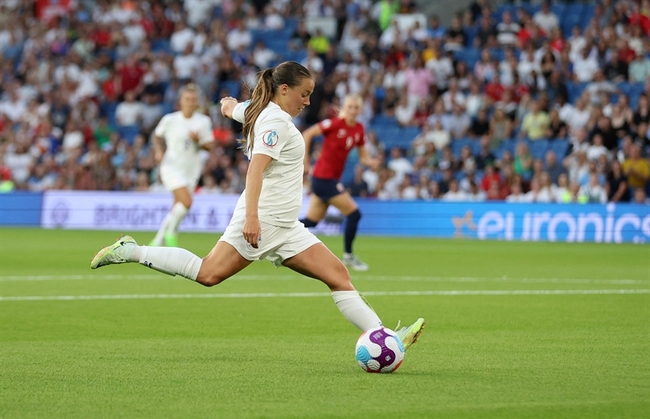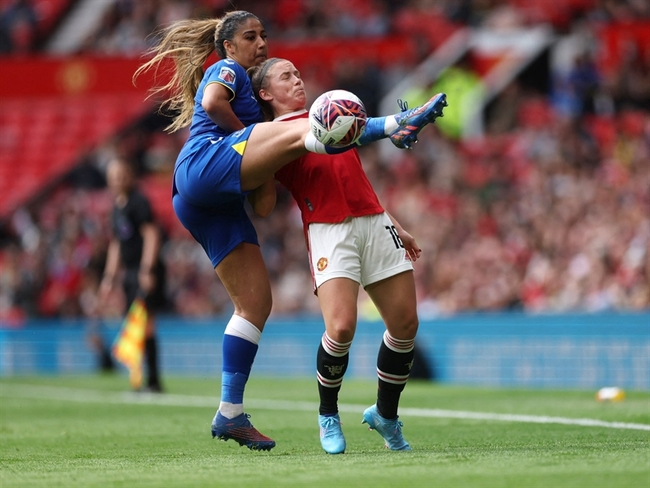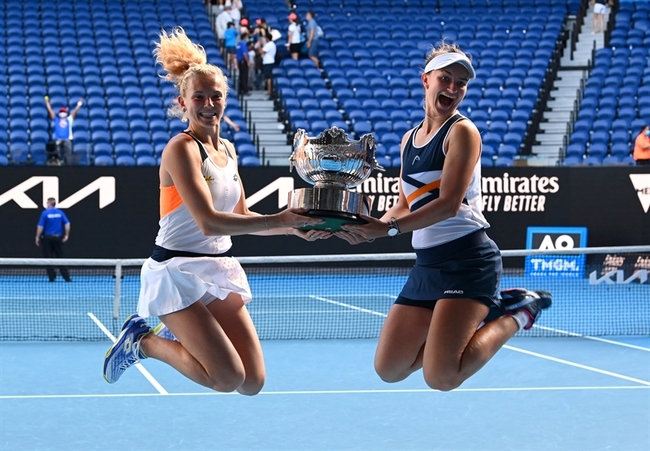You are viewing 1 of your 1 free articles
What you need to know about figure skating injuries

With winter upon us in the northern hemisphere and the 2018 International Skating Union (ISU) Grand Prix of figure skating this past weekend, it is fitting to take a look at some of the injuries that result from this winter sport. Figure skating encompasses several disciplines. Singles skating, pair skating, ice dancing, and synchronized skating all require different technical and physical abilities. Figure skating continues to rise in popularity, with membership to the United States Figure Skating organization showing significant growth in the last 30 years(1). The increase in participation in figure skating is likely due to the prevalence of indoor rinks, making skating a year-round sport.
Researchers in Boston recently reviewed the epidemiology of figure skating injuries(1). They found that the sport once dominated by reproducing intricate figures in the ice now requires participants to perform gravity-defying leaps and turns. Researchers noted that the increase in participants in skating sports resulted in an increase in the number of hours of training as well as the number of injuries. The most recent numbers show that 79.5% of elite competitive figure skaters report a history of some type of injury(1). Athletes who participate in pairs skating appear to have a greater incidence of injury when compared to those of singles skating and ice dancing(1).
While singles skating showed the greatest rate of overuse injury, athletes who participate in pairs skating, synchronized skating or ice dancing tend to have more acute injuries. Acute injuries likely stem from the more difficult jumps, lifts, and the nearness of teammates to each other as they execute challenging moves. As expected, lower extremity injuries are more common in all fields of skating, with upper extremity injuries occurring primarily in skating pairs (see figure 1).
Figure 1: Pairs skating

In a survey of the medical history of 208 skaters, including singles pairs and ice dancers, researchers found that ankle injuries were the most commonly reported injury, followed by the knee, leg, and back. Typical ankle injuries in skaters include malleoli bursitis, Achilles tendinopathy, and ankle sprains. Some studies report that ankle sprains occur in more than 50% of figure skaters(1). This rate may not be accurate in the synchronized skating population, as the jumps require fewer rotations and therefore less risk of ankle sprain when landing.
The synchronized skating population, however, reports a higher incidence of knee injuries. Adult recreational skaters also complain of knee injuries more often then ankle injuries. Speed generation and jump landings likely contribute to anterior knee pain. Sources of knee pain include patellofemoral syndrome, patellar tendinopathy, and in junior skaters, Osgood-Schlatter disease. Researchers site tight quadriceps and hamstrings as contributing factors to anterior knee pain(1). Interestingly, the knee joint itself usually remains intact in skaters. Unlike those who play field sports and rotate on a fixed foot, the skater’s foot continues to move. In the unlikely event of a landing on a stuck or wedged foot, ligament injury can occur.
Most of the foot injuries in skating can be prevented with proper fitting skating boots and lacing. Maladies such as superficial calcaneal bursitis, lace bite, hammertoes, corns, and "pump bumps" occur because of improperly fitting boots. The foot is also a common site of stress fractures, most notably in the navicular and metatarsal bones.
The Boston researchers site stress fractures as the most common overuse injury in female adolescent skaters(1). Stress fractures typically occur with an increase in training. Similar to other performance sports, skating demands a certain physique, especially in girls. Young skaters may be vulnerable to relative energy deficiency in sport (RED-S), and which puts them at higher risk for stress fractures.
Variability in strength and flexibility around the pelvis, hips, core, and back, contribute to hip and back injuries. In athletes performing jumps with three or more rotations, the forces at the iliac crest and anterior superior iliac spine may be great enough to cause avulsion fractures, tendinitis, and enthesopathy at the attachment site. Excessive hip range of motion is required to execute many of the skating maneuvers. An increased range may contribute to hip impingement and tears of the labrum. Hip tightness, however, can contribute to low back pain. The resulting increased lordosis from tight hip flexor muscles may place greater stress on the spine, especially during jump landings. Falls on the hip and sacrum may result in acute injuries, joint irritation, and SI joint dysfunction.
Avoiding and treating injuries
As with all sports, properly fitting equipment, balanced and symmetrical strength and range of motion, and core stability help guard against injury. Skating injuries are treated much the same way as injuries from other sports. Considering that the most common injuries are ankle sprains and knee pain, agility training with pelvic and core stability may help prevent these.In addition to tight quads and hamstrings, vastus medialis obliquus (VMO) weakness may contribute to patellar pain and dysfunction. To strengthen the VMO, incorporate cycle squats into the training routine (see figure 2). To assess risk for and rehabilitate ankle sprains, perform specific strengthening exercises to the ankle muscles. Be sure to evaluate the kinetic chain as a strong core and pelvis contribute to balance and stability.
Figure 2: Cycle squats
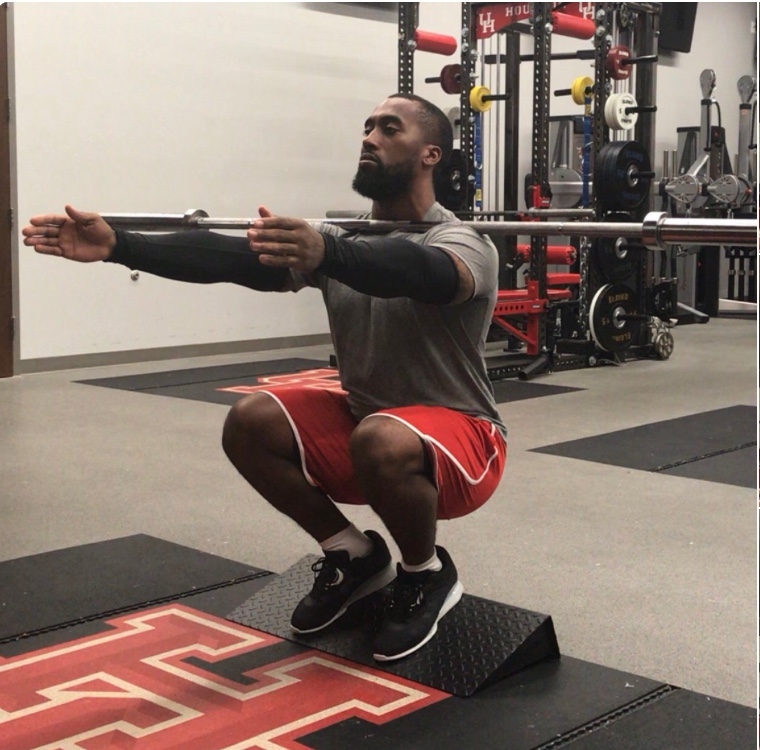
University of Houston men’s basketball Director of Sports Performance, Alan Bishop @CoachAlanBishop, extols the benefits of the cyclist squat as modeled by fellow strength and conditioning coach Jason Wooding @Coach_Wooding.
Reference
- Sports Health. 2018 Nov/Dec;10(6):532-537
Newsletter Sign Up
Subscriber Testimonials
Dr. Alexandra Fandetti-Robin, Back & Body Chiropractic
Elspeth Cowell MSCh DpodM SRCh HCPC reg
William Hunter, Nuffield Health
Newsletter Sign Up
Coaches Testimonials
Dr. Alexandra Fandetti-Robin, Back & Body Chiropractic
Elspeth Cowell MSCh DpodM SRCh HCPC reg
William Hunter, Nuffield Health
Be at the leading edge of sports injury management
Our international team of qualified experts (see above) spend hours poring over scores of technical journals and medical papers that even the most interested professionals don't have time to read.
For 17 years, we've helped hard-working physiotherapists and sports professionals like you, overwhelmed by the vast amount of new research, bring science to their treatment. Sports Injury Bulletin is the ideal resource for practitioners too busy to cull through all the monthly journals to find meaningful and applicable studies.
*includes 3 coaching manuals
Get Inspired
All the latest techniques and approaches
Sports Injury Bulletin brings together a worldwide panel of experts – including physiotherapists, doctors, researchers and sports scientists. Together we deliver everything you need to help your clients avoid – or recover as quickly as possible from – injuries.
We strip away the scientific jargon and deliver you easy-to-follow training exercises, nutrition tips, psychological strategies and recovery programmes and exercises in plain English.



